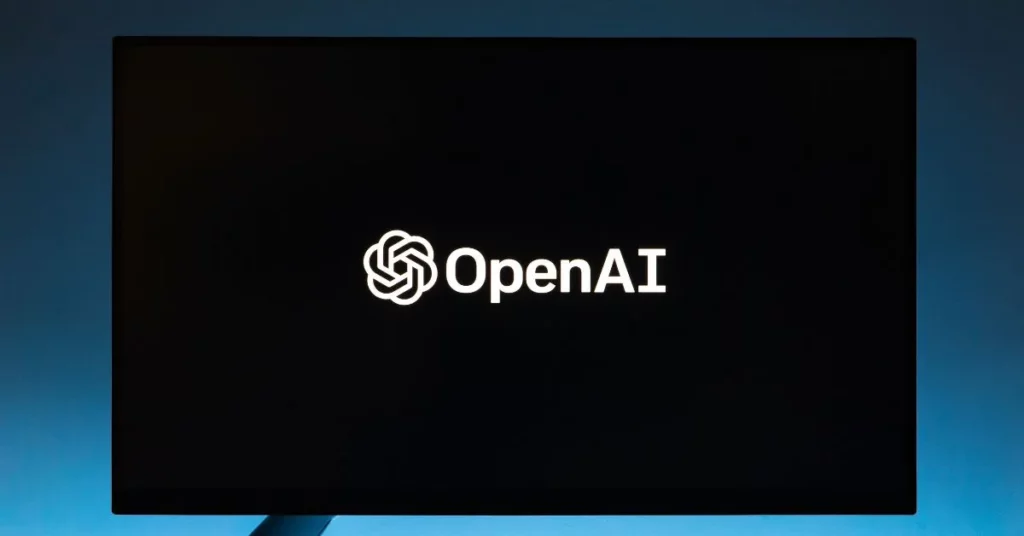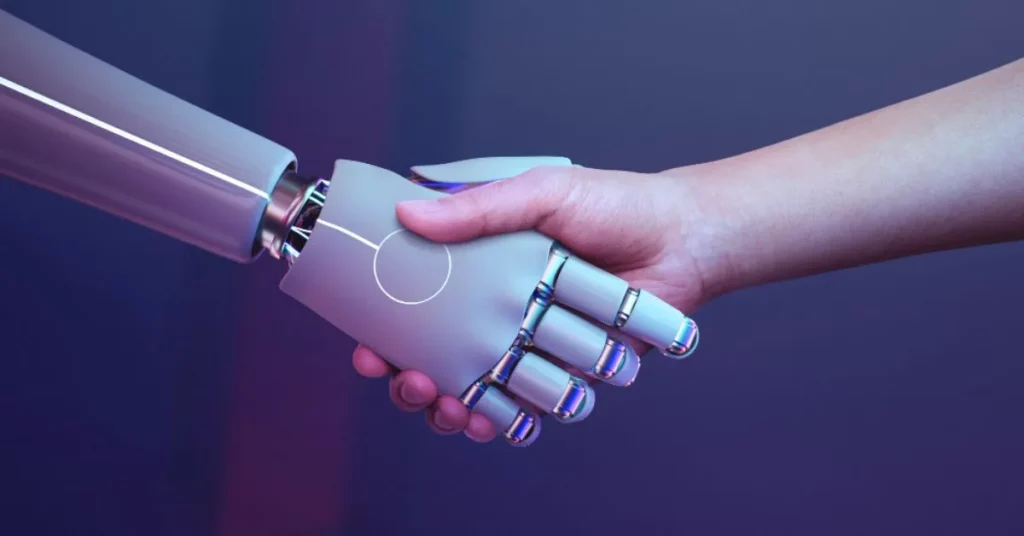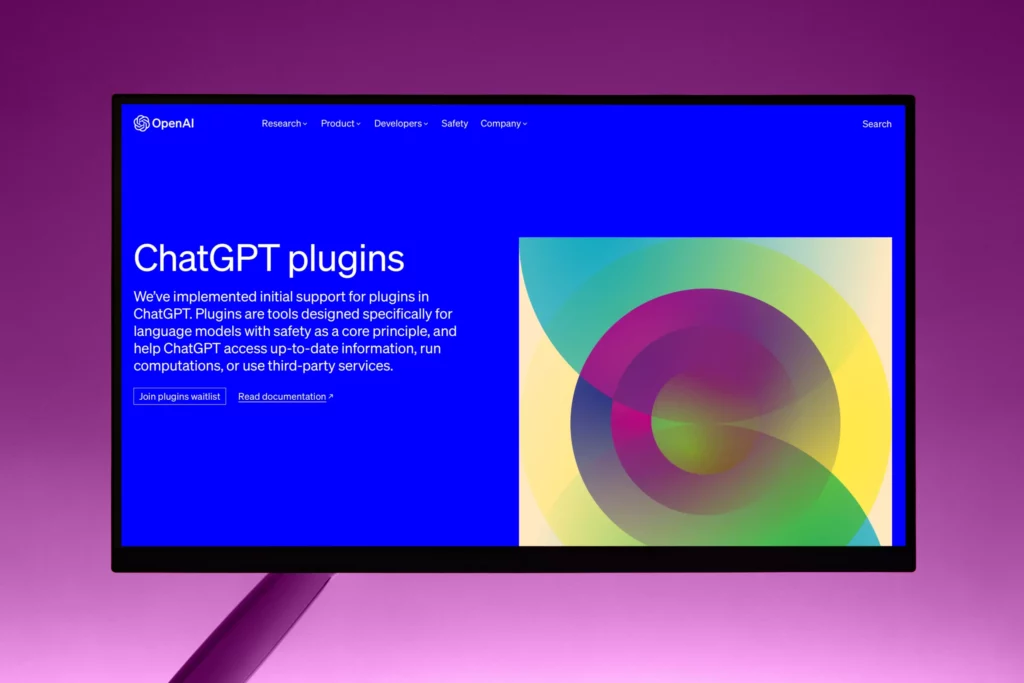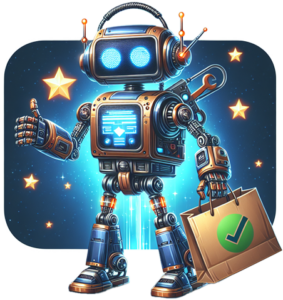In recent years, the field of animation has witnessed a remarkable transformation with the introduction of Artificial Intelligence (AI) tools. These innovative tools have revolutionized the animation process, making it more efficient, creative, and accessible to artists and filmmakers. From generating realistic character movements to automating repetitive tasks, AI animation tools have become indispensable assets in the industry. In this blog, we will explore the various ways in which AI animation tools are streamlining the animation process and revolutionizing the field.
1. Enhancing Character Animation
One of the significant contributions of AI animation tools lies in the realm of character animation. Traditionally, animators had to invest countless hours in manually creating keyframes and refining character movements. However, AI animation tools have simplified this process by offering automated solutions. These tools leverage machine learning algorithms to analyze motion data and generate realistic animations. Through the use of AI, animators can achieve smoother movements, subtle nuances, and lifelike performances with reduced effort and time.
If you’re looking to understand how generative AI is transforming the art world, then don’t forget to read our detailed analysis on this topic.
2. Motion Capture and Data Processing
Motion capture technology has been widely used in the animation industry to capture human movements and translate them into digital characters. AI animation tools have further enhanced this process by automating the data processing phase. These tools can analyze vast amounts of motion capture data, identify patterns, and extract relevant information. By leveraging AI algorithms, animators can expedite the motion capture pipeline, reducing the time required for data cleaning, retargeting, and editing.
3. Automated Inbetweening
Inbetweening, also known as interpolation, is a crucial process in animation that involves creating frames between key poses to achieve smooth transitions. AI animation tools have introduced automated inbetweening capabilities, significantly reducing the workload for animators. By analyzing the key poses and understanding the desired motion, these tools can generate intermediate frames that maintain the artistic intent while ensuring fluid movements. Automated inbetweening not only saves time but also allows animators to focus on more creative aspects of their work.
4. Background and Environment Creation
AI animation tools are not limited to character animation alone; they also extend their benefits to the creation of backgrounds and environments. These tools employ deep learning techniques to analyze existing images or reference materials and generate realistic backgrounds or 3D environments. By using AI algorithms, artists can quickly generate complex scenes, landscapes, or architectural structures. This streamlines the animation process, enabling artists to focus on storytelling and character development rather than spending excessive time on environment creation.
5. Procedural Animation
Procedural animation is another area where AI tools have made significant advancements. It involves creating animations based on predefined rules or algorithms, rather than manually animating each individual frame. AI animation tools can simulate realistic physics, simulate crowd behavior, and generate complex particle systems. By harnessing the power of AI, animators can achieve dynamic and realistic animations, saving time and effort in the process.
6. Automating Repetitive Tasks
In addition to the creative aspects of animation, AI tools have also found their place in automating repetitive and time-consuming tasks. For example, AI can automate the lip-syncing process by analyzing dialogue audio and generating corresponding mouth movements. This feature allows animators to focus on the overall performance and storytelling rather than spending hours synchronizing lip movements. Similarly, AI tools can automate tasks such as coloring, shading, and compositing, freeing up artists’ time to concentrate on more creative endeavors.
If you’re interested in using AI animation tools, here’s a list of the top AI animators in 2023.
Conclusion
AI animation tools have undoubtedly revolutionized the animation industry by streamlining the animation process. From character animation to motion capture, background creation, and procedural animation, these tools have made significant contributions to the efficiency, creativity, and accessibility of animation production. By automating repetitive tasks and simplifying complex processes, AI animation tools empower artists and filmmakers to bring their visions to life more efficiently and with greater artistic freedom. As technology continues to evolve, we can expect even more exciting advancements in the field of AI animation, further blurring the line between reality and imagination.
If you’re interested in utilizing the state of the art generative AI tools, sign up on our website at Straico and unlock your superpowers.




